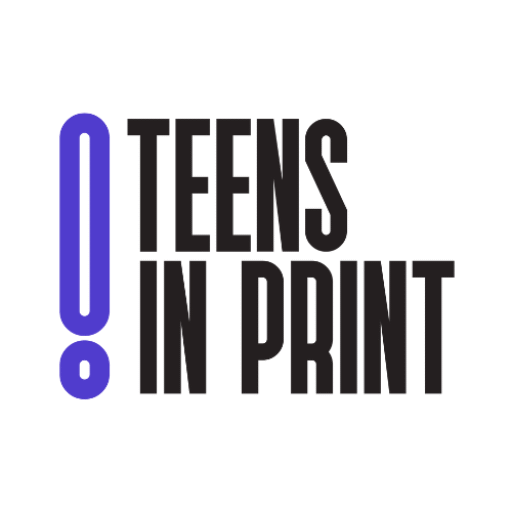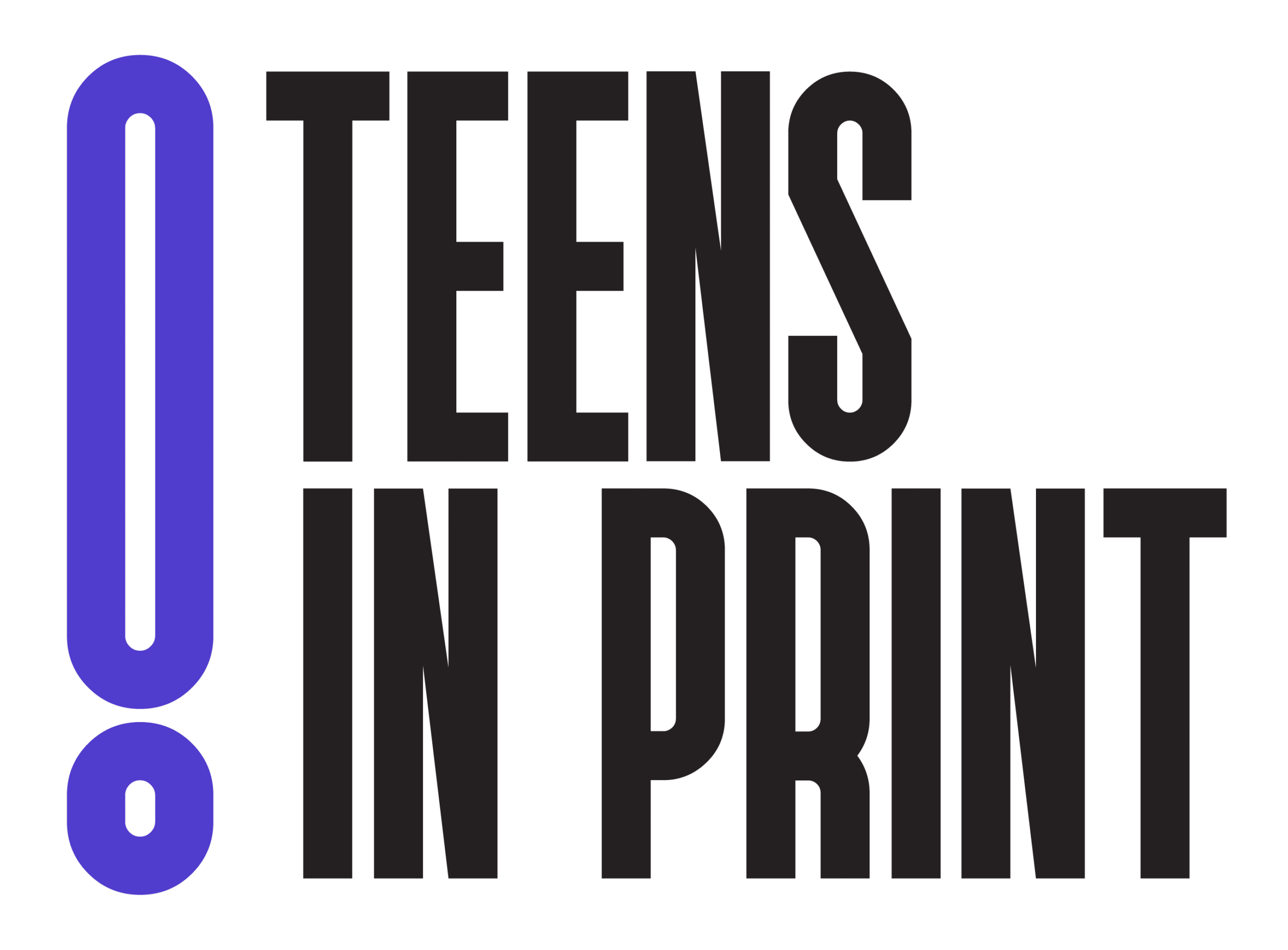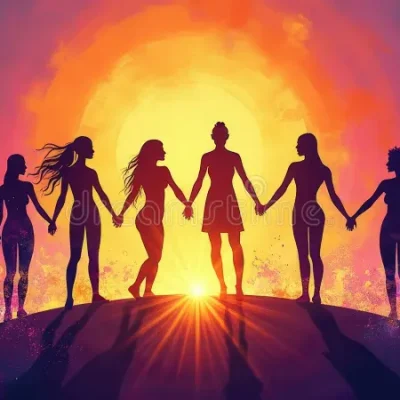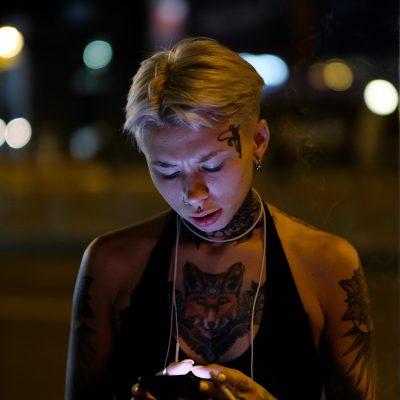Why should cis white men decide what femininity is?
My family would tell me “A perfect woman wears dresses and cooks and cleans for their husband”. I would try to reply with “what if?” and “I don’t like that”. Women in my family would immediately fire back saying “I didn’t birth a boy” or “Women have to do this and if you don’t ,you would be a worthless woman.” They would start crying in protest as if I had just beaten them with a stick just for voicing that I thought something different. At a young age, I always knew I was feminine but I was put down for it. Being feminine to me was a headspace rather than being a girl. I could never really put myself in the box that said I was a boy or a girl. Later in life, I grew to understand that I was nonbinary. I always have been but it took some time to figure out. That didn’t stop me from loving skirts or wearing pants. I enjoyed both but since these things were tied to gender. I had people telling me who I was and who I was meant to be, because of the ideas society had carved before I was evening conceived. I wanted to express myself freely but the people around me would draw the line between what I can and cannot do because it wasn’t socially acceptable. It happens to people around the world; being judged about their self-expression because parts of society still identify being feminine with biological factors. Actor Johnathon Majors wore a pink fluff fur coat paired with colorful jeans and thigh-high boots in a photo shoot as he wanted to express himself using style. After doing so he has been facing backlash for being “effeminate” or “losing his masculinity”. A successful actor known for Lovecraft Country and Creed III was publicly shamed for expressing himself. Growing up, I’ve always heard the same thing being said repeatedly, “stick to the status quo”. The repeated script felt memorized. As if they were an actor mindlessly reading as you’re told. I had no control over the traditional thoughts that came before my existence so as time goes by concepts should evolve and grow with them. Why can’t people express themselves freely in this day and age?
The word femininity is only a social construct and it has been carved into mankind. With that comes its flaws. Society would equate femininity with being a woman who carried the characteristics of being delicate, nurturing, submissive, and sweet. Throughout time it grew into when a woman decided to wear makeup or dress a certain way. The word was now not only behavior but rather based on sex. It was a gateway for society to the people who wanted to express themselves in other ways. In earlier times women weren’t able to vote, wear pants, or even sit in the same place as a man. In society, gender and femininity go hand in hand because people tend to have one-sided perspectives on the topic. Ideas surrounding femininity are so confined to one thing. Traditional thoughts are all wrapped into a tiny box that society has been too afraid to broaden or even dare to question. Definitions range from “The thing that attracts men” to “the beauty of a woman” according to a quick Google search. Materialistic explanations flood the screen and this is what children see. These ideas don’t spiral or evolve, they stay the same and leave no room for growth. In the article, “Femininity and Social Change ”, it says “Along with the roles of women, personal attitudes of femininity have also evolved through history, and what was not accepted for women in the past is now accepted and even encouraged. For example, women were once not allowed in the field of engineering, it was a male-dominated field of study and work. Furthermore, traditionally thought, men are the culprits for suppressing women in their endeavors, but perhaps through time women are the ones who hold more to the traditional view of gender roles. By researching factors of femininity and masculinity and who holds to the particular societal belief patterns one can catch a glimpse of what direction the feminist movement and humanity as a whole are headed.” These changes in how society views femininity continue to grow and it is continuously being proven every day but some people refuse to educate themselves that traditional beliefs aren’t always right. How have these definitions affected generations throughout the years? Can only a woman embrace their femininity? What is femininity as a whole? I think it’s time we change these ideas overall and make them more conforming to how society has evolved today.
As decades go by, meanings and concepts evolve as people grow to understand and become aware of what’s right and what’s wrong. Society has grown to realize that femininity doesn’t have to refer to the biological and materialistic side of living. Instead, people are growing to understand that femininity is a mindset. No matter who you are or how you identify, you can be feminine. It’s hard to rewrite history, to change a concept that has been around for generations. However, even though it’s hard, it doesn’t mean that it shouldn’t change. These ideologies can affect any and everyone. As a society, we need to think of what we teach future generations. A cis-het male teen, Camilo Mendez, says, “I grew up in a household with all females and I saw the criticism they had to go through. They would dress in skirts and dresses even if they were uncomfortable, and do all sorts of things in fear of being judged by the people around them”. I could relate to Camilo as I had a similar experience. For me, I would be afraid to even dress differently, like in dresses or skirts because even though anyone can wear anything, these clothes are so attached to women that I would be judged. I think my family would be weird about it because the ideas of femininity are so messed up that it is engraved in their heads so it is hard to relearn from that. Femininity does not equate to clothes and it limits people from you know expressing themselves”. Again an example of someone not being able to express themselves and how hearing something causes their way of thinking to be affected by having heard it.
With a simple google search people of all ages can see that to be feminine means only one thing. It can influence how people decide to grow and how long the road to learning your identity might be. As time goes by so does the way people think. Concepts should evolve likewise. Sometimes the past simply isn’t always right.









